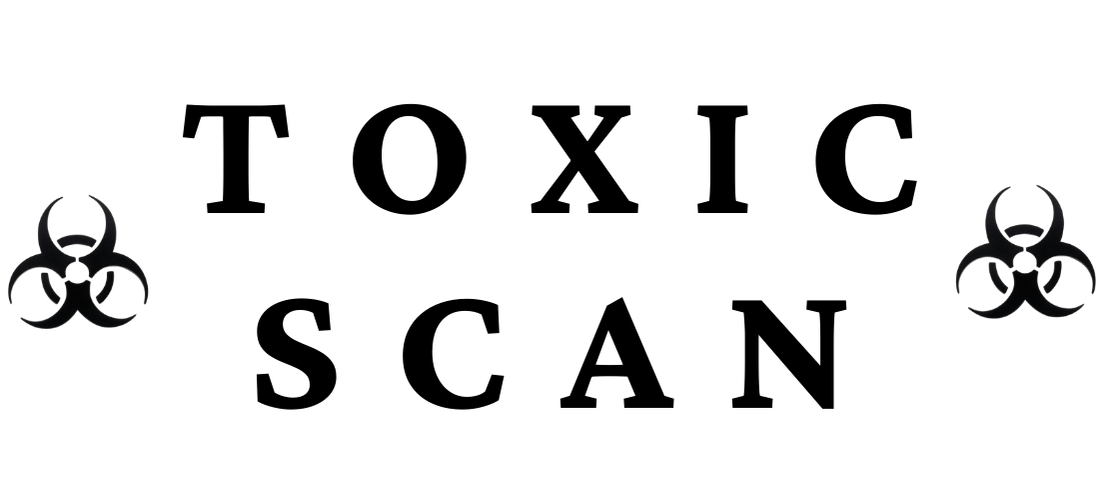DIY Toxicity Testing: What You Can Do at Home
While professional testing provides the most comprehensive analysis of potential toxins in your home, there are many accessible DIY testing methods that can give you valuable insights into your home environment. This guide explores practical testing options for common household toxins.
Understanding the Limitations
Before diving into DIY testing, it's important to understand:
- Home testing kits vary in accuracy and sensitivity
- Some toxins require professional equipment for detection
- DIY tests can be useful screening tools, but may not provide comprehensive results
- When in doubt about serious contamination, consult professionals
That said, DIY testing can be an excellent first step in identifying potential issues and deciding when professional testing is warranted.
Water Quality Testing
DIY Test Strips
What They Test For:
- pH levels
- Hardness
- Chlorine
- Nitrates/nitrites
- Some heavy metals
- Bacteria (some kits)
How to Use:
- Purchase multi-parameter water test strips (available online or at home improvement stores)
- Follow the specific instructions for your test kit 3. Compare the color changes to the provided chart 4. Record your results and repeat periodically
When to Seek Professional Testing:
- If any parameters show concerning levels
- If you have older plumbing that may contain lead
- If your water has an unusual odor, taste, or appearance
- If you live near industrial facilities or agricultural operations
DIY Lead Testing
What You'll Need:
- Lead test kit (available at hardware stores)
How to Use:
- Run cold water for 1-2 minutes before testing 2. Follow the specific instructions on your test kit 3. Most kits use a reactive agent that changes color in the presence of lead
Limitations: Home lead tests may not detect low levels of lead that can still be harmful, especially to children.
Air Quality Testing
Radon Testing
What You'll Need:
- Short-term radon test kit (available online or at hardware stores)
How to Use:
- Close windows and minimize air exchange for 12 hours before testing 2. Place the test kit in the lowest lived-in level of your home 3. Leave undisturbed for the specified time (usually 2-7 days)
- Seal and mail to the laboratory as directed 5. Receive results in 1-3 weeks
When to Take Action: If results show 4 pCi/L or higher, consider a long-term test or professional mitigation.
Mold Testing
What You'll Need:
- DIY mold test kit (petri dish style)
How to Use:
- Expose the collection medium to the air or surface you want to test 2. Seal according to instructions 3. Allow the culture to develop (typically 48-72 hours)
- Compare against provided examples or send to a lab for identification
Limitations: DIY mold tests can confirm presence but rarely identify specific types. They also can't quantify concentration in the air.
Carbon Monoxide (CO) Detection
What You'll Need:
- Carbon monoxide detector/alarm (essential in every home)
This isn't a test but a critical safety device. Install detectors:
- Near sleeping areas
- On each level of your home
- 15-20 feet from fuel-burning appliances
Soil Testing
Basic Soil Test Kits
What They Test For:
- pH
- Major nutrients
- Some test for lead and other heavy metals
How to Use:
- Collect soil samples from several areas of your yard 2. Mix samples together for an average reading 3. Follow the specific instructions for your test kit 4. Most involve mixing soil with a chemical reagent and comparing color changes
When to Consider Professional Testing:
- If you plan to grow edible plants
- If your home is near a busy road (lead concern)
- If your property previously had industrial use
- If you live near a facility that might release pollutants
Food Toxicity Testing
Pesticide Residue Test
What You'll Need:
- Pesticide residue test kit
How to Use:
- Cut a small piece of produce 2. Place in the provided solution 3. Wait for the specified development time 4. Check for color changes indicating pesticide presence
Limitations: These tests typically indicate only the presence/absence of certain pesticides, not specific types or exact concentrations.
Household Products Testing
VOC Testing
What You'll Need:
- VOC meter or home air quality monitor
While more expensive than other DIY options ($100-300), these devices can:
- Measure total VOC levels in your home 2. Help identify sources by testing near specific products 3. Confirm whether ventilation methods are effective
Formaldehyde Testing
What You'll Need:
- Formaldehyde test kit
How to Use:
- Place the passive test badge in the area of concern 2. Leave for the recommended time (typically 24-48 hours)
- Mail to the laboratory as directed 4. Receive results in 1-2 weeks
Creating a Testing Plan
To maximize the effectiveness of your DIY testing efforts:
-
Prioritize based on risk factors
- Age of your home
- Location (urban, rural, near industry)
- Presence of vulnerable individuals (children, elderly, pregnant women)
-
Start with the basics
- Water quality
- Carbon monoxide and radon (both significant health risks)
- Areas with visible mold or moisture issues
-
Keep a testing log
- Date of test
- Type of test
- Results
- Actions taken
- Follow-up testing
-
Develop a testing schedule
- Seasonal testing for some parameters
- Annual testing for others
- After any major home renovations
When to Call the Professionals
While DIY testing is valuable, certain situations warrant professional testing:
- Suspected asbestos (never disturb or test yourself)
- Significant mold problems (beyond a few small spots)
- After flooding or major water damage
- If someone in your home has unexplained symptoms
- When buying a new home
- If initial DIY tests show concerning results
Conclusion
DIY toxicity testing empowers you to take a proactive approach to your family's health. By identifying potential issues early, you can make informed decisions about necessary changes to your home environment.
Remember that testing is just the first step—taking appropriate action based on your results is what ultimately creates a healthier home. When in doubt, especially with serious toxins like lead or asbestos, always consult with environmental health professionals for the most accurate assessment.
References
- Environmental Protection Agency (EPA). (2024). "A Citizen's Guide to Radon." EPA. https://www.epa.gov/radon/citizens-guide-radon-guide-protecting-yourself-and-your-family-radon 2. Centers for Disease Control and Prevention (CDC). (2023). "Lead in Drinking Water." CDC. https://www.cdc.gov/nceh/lead/prevention/sources/water.htm 3. National Institute of Environmental Health Sciences. (2024). "Mold." National Institutes of Health. https://www.niehs.nih.gov/health/topics/agents/mold 4. Consumer Product Safety Commission. (2023). "Carbon Monoxide Information Center." CPSC. https://www.cpsc.gov/Safety-Education/Safety-Education-Centers/Carbon-Monoxide-Information-Center 5. American Academy of Pediatrics. (2023). "Household Chemicals: What You Should Know." HealthyChildren.org. https://www.healthychildren.org/English/safety-prevention/all-around/Pages/Household-Chemicals.aspx 6. Cooperative Extension System. (2024). "Soil Testing for Home Gardens and Lawns." Extension.org. https://extension.org/soil-testing-home-gardens-lawns 7. World Health Organization. (2023). "Indoor air pollution and household energy." WHO. https://www.who.int/news-room/fact-sheets/detail/household-air-pollution-and-health

